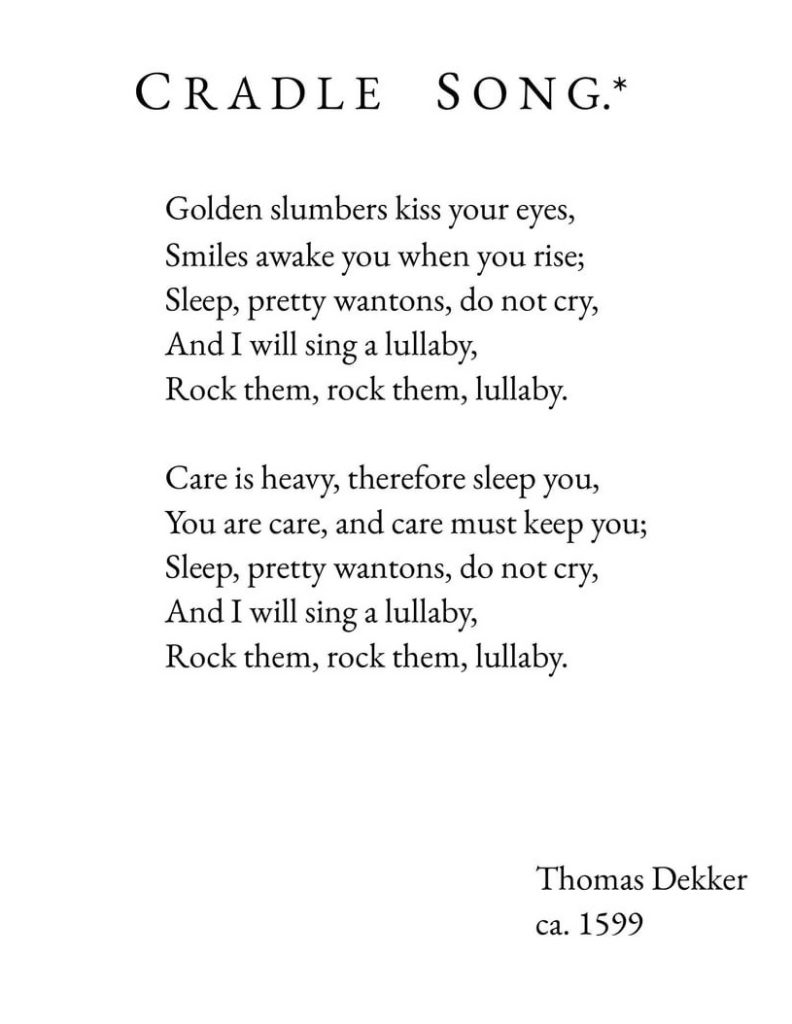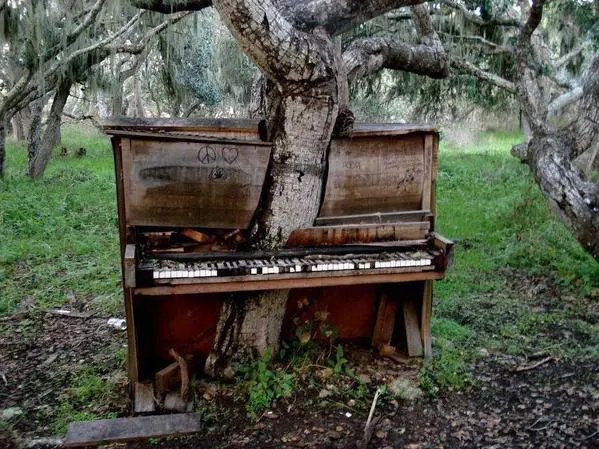
When it comes to holiday meals, there’s a picturesque, Rockwell-esque vision that comes to mind for many of us: glossy brown turkeys, mashed potatoes with golden butter, steaming, savory vegetable dishes, and tempting desserts. For some, this is just something we look forward to and take for granted. For others, it’s just a childhood memory or something seen on television…not because they don’t believe in festive shared meals, but because they’re taking on extra shifts, scrimping and saving, or searching for a safe place to sleep and enough to eat.
Rev. Alex centered this Sunday’s service on the following: home and food are not just physiological needs, but carriers of culture and dignity. If someone doesn’t have a safe place to call their own, a place to prepare their own meals, how can they feel safe and secure? If one doesn’t have access to food, doesn’t this mean that they also lack agency in their choices about food that fits their heritage or their personal values? How and where food is produced carries ethical implications, meaning that not only is it difficult for some to obtain the food that they wish to eat, but it also means they are unable to give their business to farmers and local food providers. This in turn affects how farmers and local food providers support themselves, as well as impacting their ability to keep creating and distributing food ethically. Everything is connected. Because the holidays amplify both the joy of gathering around food and the heartache of those left out, Alex’s sermon reminded us of something simple: making room at the table (by supporting neighbors’ access to familiar, culturally meaningful food while preserving dignity, choice, and respect) is just part of being a member of this community. For many folks, the UUFC is a steady home away from home, and there is something sacred in how we feed and hold one another, making sure everyone belongs.
I initially selected today’s prelude, “She Used to Be Mine” simply for its indirect connection to food, but as Alex’s sermon unfolded, it seemed as if this song from the Broadway musical “Waitress” had been custom-designed for today’s service. “Waitress” is about Jenna, a pregnant waitress and pie maker who is trapped in an abusive marriage. She dreams of a better life for herself but lacks the financial resources to escape her controlling husband Earl. Throughout the musical, Jenna uses various pies as metaphors for her dreams and struggles, and it is eventually pie that becomes a beacon of hope for her: if she can bake an incredible pie and win the upcoming Springfield Pie Contest, the $20,000 prize is her ticket to freedom. In “She Used to be Mine”, Jenna sings vulnerably about who she used to be, before she needed her beloved pies to serve as comforting representations of her feelings, and as well as her escape plan.
I wasn’t familiar with Carrie Newcomer’s “Room at the Table”, but when Alex asked me to sing this song, it was immediately clear why she wanted this piece included in today’s service. Newcomer invites us to extend home and table outward to everyone. One can do this as an individual or with their family, but can also check out ideas and collaborate with others at any of the levels that Alex spoke about: the UUFC Secure Housing and Food for All Team, the Corvallis Unity Shelter, and the World Bank. The lyrics speak for themselves.
Room at the Table, by Carrie Newcomer
Let our hearts not be hardened to those living on the margins
There is room at the table for everyone
This is where it all begins this is how we gather in
There is room at the table for everyone
Too long we have wandered burdened and undone
But there is room at the table for everyone
Let us sing the new world in this is how is all begins
There is room at the table for everyone
There is room for us all
And no gift is too small
There is room at the table for everyone
There’s enough if we share
Come on pull up a chair
There is room at the table for everyone
No matter who you are no matter where you’re from
There is room at the table for everyone
Here and now we can be the beloved community
There is room at the table for everyone
There is room for us all
And no gift is too small
There is room at the table for everyone
There’s enough if we share
Come on pull up a chair
There is room at the table for everyone
There is room for us all
And no gift is too small
There is room at the table for everyone
There’s enough if we share
Come on pull up a chair
There is room at the table for everyone
Let our hearts not be hardened to those living on the margins
There is room at the table for everyone
Room at the table
This is our gathering
Room at the table for everyone
Room at the table
Room at the table for everyone
Everyone
The ode “Drink with Me” from Les Misérables by Claude-Michel Schönberg features a group of young nineteenth-century Parisian rebels seeking solace and companionship on eve of a battle which the singers know they will not all survive. There is no home, there is no table, but the passing of the wine has both a communal and communion-like feel as the group prepares to rise against the inequality, political suppression, and poverty imposed by their government. The musical’s overarching message goes hand-in-hand with today’s sermon it’s charge to help make home and food possible for those who are in need: “To love another person is to see the face of God.”
I really love hymn #407 from Singing the Living Tradition, “We’re Gonna Sit at the Welcome Table”. On top of letting its gospel style shine through and being just plain fun, the text again says it all. This song promises a seat, a shared meal, and a safe gathering to all, including those who are hungry, houseless, or excluded in other ways. The welcome table reminds us that sustenance and shelter aren’t just physical boxes to check off, but conduits for dignity, culture, connection, and personal moral codes.
We’re gonna sit at the welcome table.
We’re gonna sit at the welcome table
one of these days, hallelujah!
We’re gonna sit at the welcome table,
gonna sit at the welcome table
one of these days.
All kinds of people around that table.
All kinds of people around that table
one of these days, hallelujah!
All kinds of people around that table,
gonna sit at the welcome table
one of these days.
No fancy style at the welcome table.
No fancy style at the welcome table
one of these days, hallelujah!
No fancy style at the welcome table.
gonna sit at the welcome table
one of these days.






